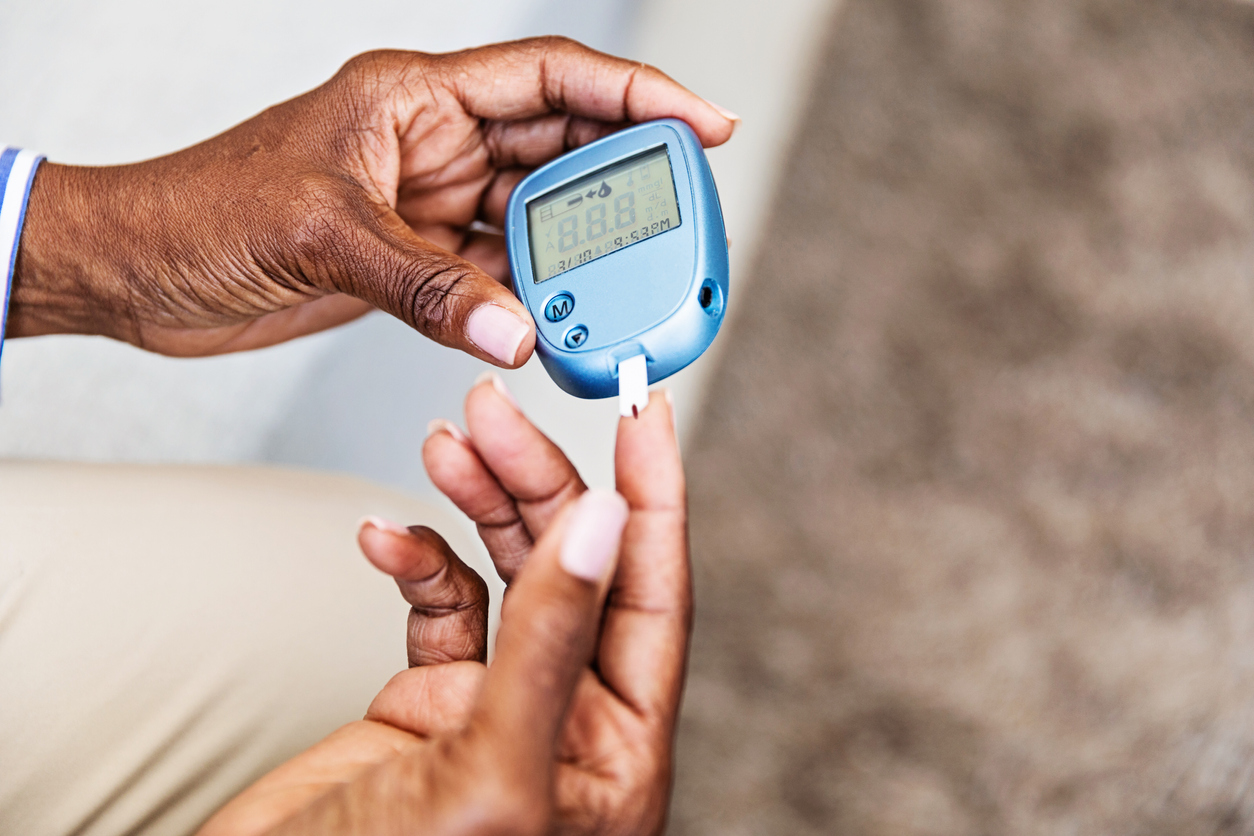New Standards in Treating Hyperglycemic Crises in Adults with Type 2 Diabetes
By April Hopcroft
 Diabetes experts unveiled new recommendations to prevent, diagnose, and treat severe high blood glucose in people with type 2 diabetes. New guidelines focus on the spectrum of hyperglycemic crises, use of SGLT-2 inhibitors, discharge planning, and education.
Diabetes experts unveiled new recommendations to prevent, diagnose, and treat severe high blood glucose in people with type 2 diabetes. New guidelines focus on the spectrum of hyperglycemic crises, use of SGLT-2 inhibitors, discharge planning, and education.
While diabetes treatment has seen tremendous innovation over the last decade – particularly with the development of SGLT-2s, GLP-1s, and continuous glucose monitors (CGMs) – people with diabetes continue to visit the hospital all too often.
From 2014 to 2018, emergency department visits among adults with diabetes increased 21%, according to the CDC’s National Diabetes Statistics report.
It is especially concerning that emergency visits for two serious complications of very high blood sugar, diabetic ketoacidosis (DKA) and hyperosmolar hyperglycemic syndrome (HHS), rose 20%, from 207,000 in 2014 to 248,000, in 2018. This amounts to approximately 9.9 emergency visits per 1,000 adults with diabetes.
“Hyperglycemia crises continue to be a significant cause for hospitalizations and mortality,” said Dr. Robert Gabbay, chief scientific and medical officer for the American Diabetes Association.
At the 2023 EASD Conference in Hamburg, Germany, researchers unveiled an updated consensus statement on hyperglycemic crises in adults with type 2 diabetes. The report grew out of the recognition of the growing burden of DKA and provides updated recommendations on prevention, diagnosis, and management of DKA based on a review of the latest research.
“Our hope is that the updated guidelines can assist health professionals in providing the optimal care for people living with diabetes,” Gabbay said.
DKA and HHS occur on a spectrum
The updated report emphasizes that both DKA and HHS exist on a spectrum. Whereas DKA involves hyperglycemia and ketoacidosis (acidity in the blood due to ketone build-up), HHS is mainly related to severe hyperglycemia and hyperosmolarity (severe dehydration and highly concentrated blood).
Dr. Shivani Misra from the Imperial Healthcare NHS Trust in the United Kingdom said that a growing number of people have both conditions at once: one in three cases of hyperglycemic emergencies involve some combination of DKA and HHS. People with combined DKA and HHS fare worse than those with either DKA or HHS alone.
The guidelines have been updated to reflect shared symptoms of DKA and HHS – excessive urination, excessive thirst, weight loss, and dehydration – as well as factors unique to each condition.
|
Diabetic Ketoacidosis (DKA) |
Hyperosmolar hyperglycemic syndrome (HHS) |
|
Happens over hours to days |
Happens over many days to a week |
|
Patient is usually alert |
Change in cognitive state is common |
|
Excessive urinating, excessive thirst, weight loss, and dehydration |
Excessive urinating, excessive thirst, weight loss, and dehydration |
|
Nausea, vomiting, and abdominal pain |
Often happens in tandem with other acute illness |
|
Deep and labored breathing |
N/A |
With more widespread use of SGLT-2s comes more cases of DKA
One of the biggest changes since the last consensus report on hyperglycemic crises, published in 2009, has been the introduction of SGLT-2 inhibitors.
SGLT-2 inhibitors are thought to cause DKA through their stimulation of glucose excretion in the urine, which lowers plasma glucose levels and reduces insulin release. SGLT-2 inhibitors carry a specific warning against use in people with type 1 diabetes due to the higher risk of DKA.
However, SGLT-2 inhibitors can also cause DKA in people with type 2 diabetes. Indeed, Dr. Irl Hirsch of the University of Washington said that greater use of SGLT-2 inhibitors in both type 1 and type 2 diabetes has contributed to rising rates of DKA.
A 2018 meta analysis found that use of SGLT-2s in people with type 1 diabetes was linked with over three-times greater risk of DKA. In type 2 diabetes, SGLT-2 treatment was associated with a greater than two-fold higher risk of DKA, according to a 2022 meta analysis.
For these reasons, the definition of DKA has been updated to incorporate the following criteria for hyperglycemia:
-
Glucose over 200 mg/dL – lowered from 200 mg/dL in the 2009 report; or
-
Prior history of diabetes, regardless of glucose levels
The EASD/ADA report advises discontinuing SGLT-2s after a DKA event and recommends against re-initiation at hospital discharge. Misra said that decisions about re-starting SGLT-2s in an outpatient setting should be made on an individual basis, through careful consideration of the risks of DKA and the cardio-renal benefits of these medications for each patient.
The bottom line: Education is essential to prevent recurrent DKA
Education for both people with diabetes and healthcare providers is essential to prevent DKA, especially recurrent cases. Many new cases of DKA could be avoided if patients are prepared with sick day plans and know who to contact when they begin to experience symptoms, EASD President Dr. Chantal Mathieu (UZ Leuven, Belgium) said.
“It’s not good for a diabetes care team to have people return with DKA. We should pride ourselves that we avoid that. And the only way is indeed education,” Mathieu said.
Discharge planning is also key. Before patients leave the hospital, providers should ensure that they have enough insulin, a reliable way to measure their blood glucose levels (ideally CGM), and that they know who to contact if they run into trouble.
Gabbay and Mathieu also advocated addressing social determinants of health, as the social context to which patients return is a major predictor of whether or not they are readmitted for DKA.
Learn more about DKA and high blood sugar:







